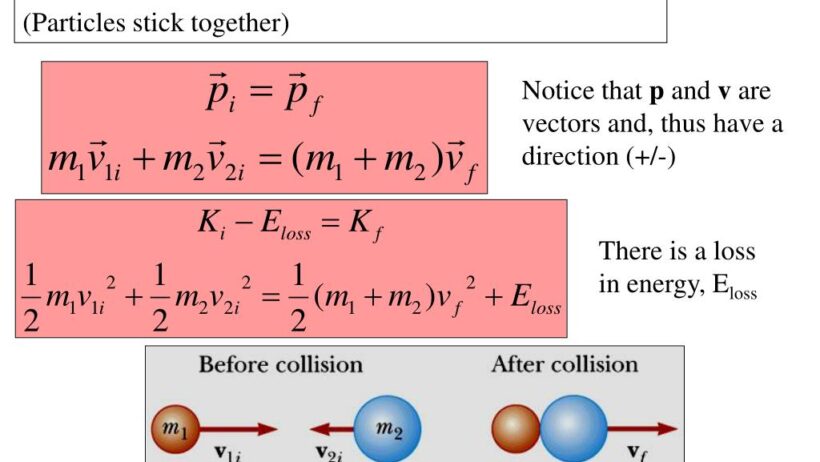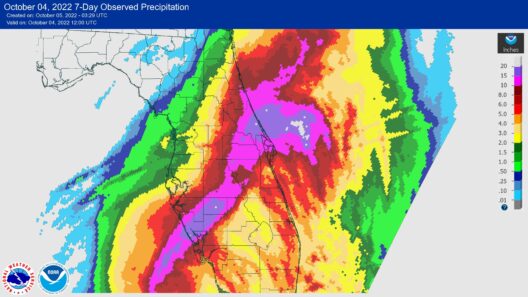Collisions are ubiquitous in our everyday lives, whether it be the subtle impact of a falling apple or the robust clash of two vehicles. At the heart of these interactions lie the fundamental principles of physics—momentum and energy conservation. Understanding these concepts not only elucidates the mechanics of collisions but also invites contemplation on broader implications concerning energy conservation and environmental stewardship.
Defined as the product of an object’s mass and its velocity, momentum ((p = mv)) serves as a cornerstone of classical mechanics. In a collision, provided no external forces interfere, the total momentum of the system remains constant. This principle, known as the conservation of momentum, is not just an abstract notion but a powerful tool that governs the outcomes of various collisions—elastic and inelastic alike. An elastic collision maintains both momentum and kinetic energy, while inelastic collisions conserve momentum but not energy, leading to transformations that can dissipate kinetic energy into other forms, such as heat, sound, or deformation.
To unravel these concepts, let’s delve deeper. Imagine two billiard balls striking each other on a pool table. Before their interaction, the balls possess distinct momentum vectors. Upon collision, the momentum vector diagram reveals how forces interact—exchanging momentum without any net loss. The neat ballet of energy pre- and post-collision illuminates a crucial insight: energy is neither created nor destroyed; it simply transmutes. In environmental contexts, recognizing this transformation can ignite our understanding of sustainable practices, where energy retention in systems becomes critical.
The promise of a shift in perspective arises when we juxtapose everyday occurrences against the backdrop of larger systemic interactions. Consider vehicular accidents. The forces at play during these collisions relate directly to the principles of momentum and energy transfer. Here, understanding kinetic energy’s transformation into sound and thermal energy begs serious consideration for vehicle safety measures and structural integrity in urban design. As the call for energy-efficient transportation systems resonates, reflecting on collision dynamics is essential.
Next, a discussion of elastic and inelastic collisions is paramount. In elastic collisions, both momentum and kinetic energy verify their conservation. Two ideal billiard balls colliding at the right angle typify this scenario; they bounce off each other, with no energy lost to sound or heat, simply returning to their respective trajectories. On the other hand, inelastic collisions entail a real-world consistency—involving cars, for instance—where absorbed kinetic energy leads to crumpling and deformation, redirecting energy away from purely kinetic forms.
This perspective is enlightening. By comprehending the mechanics of collisions, one can foster a greater appreciation for energy conservation at various scales. In situations where kinetic energy converts into less desirable forms, we may contemplate engineering strategies that mitigate waste—designing vehicles that absorb energy during impacts to protect passengers while preserving usable energy.
The knowledge acquired from examining collisions extends beyond physics. It acts as a microcosm for understanding energy management on a global scale. The analogy of collisions can be applied to any interaction that drains or transforms energy. Let us discuss renewable resources. Today, innovation in harnessing wind and solar energy invokes a similar philosophy of momentum conservation: energy created must be stored and utilized effectively, not wasted. Just as momentum dictates that energy will not disappear but rather change form, our shifting toward sustainable practices can ensure that energy remains available for future generations.
Moreover, the environmental implications are profound. The relentless pursuit of technological advancements in collision avoidance systems, safety features in vehicles, and energy-efficient designs can directly influence our carbon footprint as mechanical systems evolve. The dichotomy between energy conservation in collisions and our energy consumption habits carries an urgent message. We have a choice: to manage energy effectively, both through understanding the physical laws governing motion and through conscious consumer practices.
In the broader context of climate change challenges, it becomes imperative to reformulate strategies grounded in scientific principles. An example of this could be applying collision theory to the management of energy resources—be it through optimizing the movement of electrical vehicles or examining the impact of climatic conditions on energy conservation behaviors. In both scenarios, recognizing the transference and conservation of momentum translates into responsible energy practices.
In essence, collisions offer an intriguing framework through which to view not just physics but also significant environmental concerns. As we expand our horizons—encouraging curiosity and exploration of these complex dynamics—we find that neither momentum nor energy can exist in a vacuum. The interdependence of these principles resonates across disciplines, urging scientists, engineers, and environmentalists alike to collaborate and innovate.
The intricate dance between energy and momentum during collisions signifies more than just a mechanical phenomenon; it serves as a clarion call for responsibility and action. Understanding these fundamental principles prepares individuals and societies to tackle pressing environmental issues through conscientious design and resource management. As awareness grows, so does the opportunity for transformation—an awakening to the symbiotic relationship shared between physics and the sustainability of our planet.
Thus, as we immerse ourselves in the study of collisions and their underlying principles, we unravel a tapestry rich in knowledge, beckoning each of us to consider how our actions, much like the collisions studied in physics, can have far-reaching consequences—an echo across science that insists on the importance of conservation, whether it be energy, resources, or our environment.







